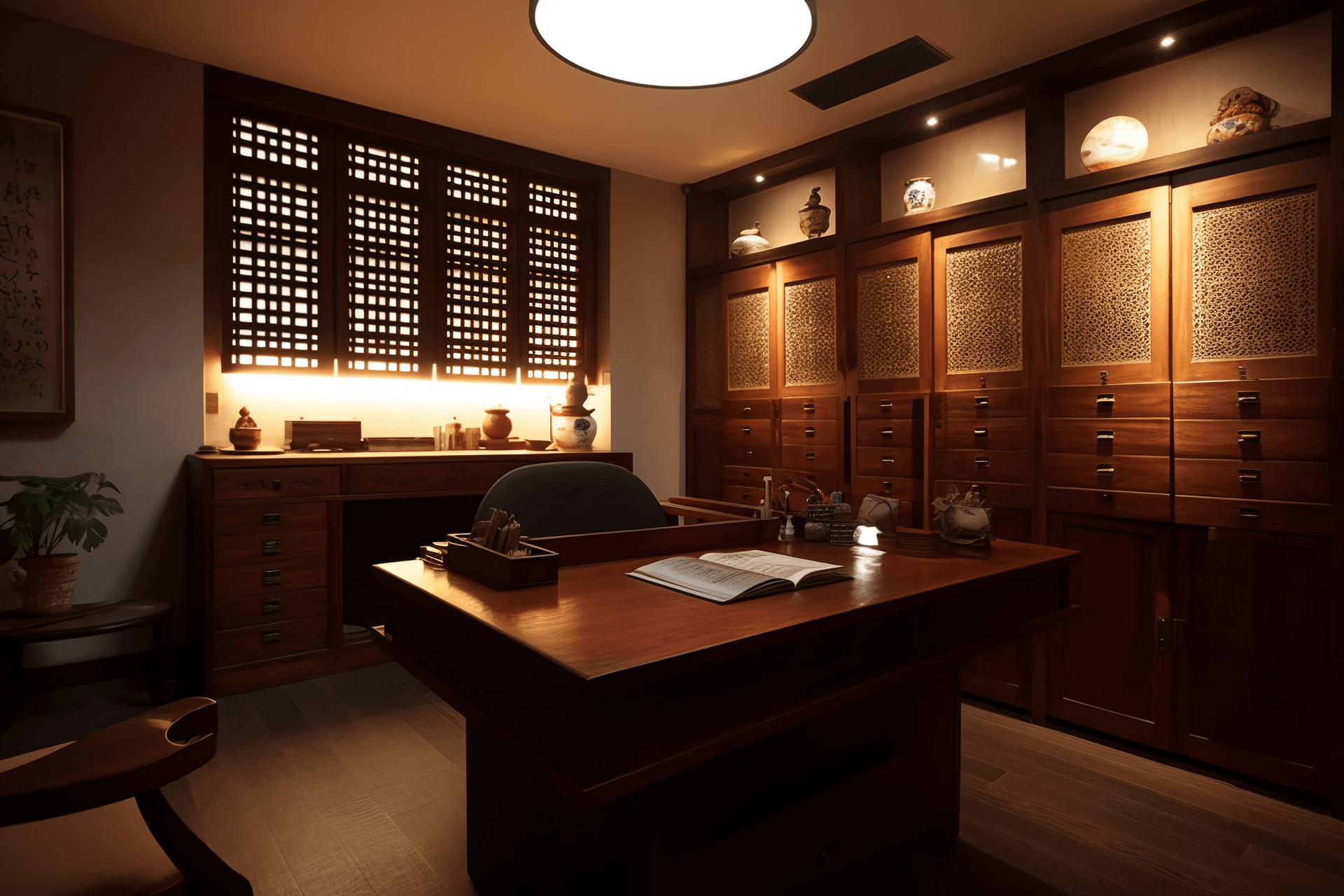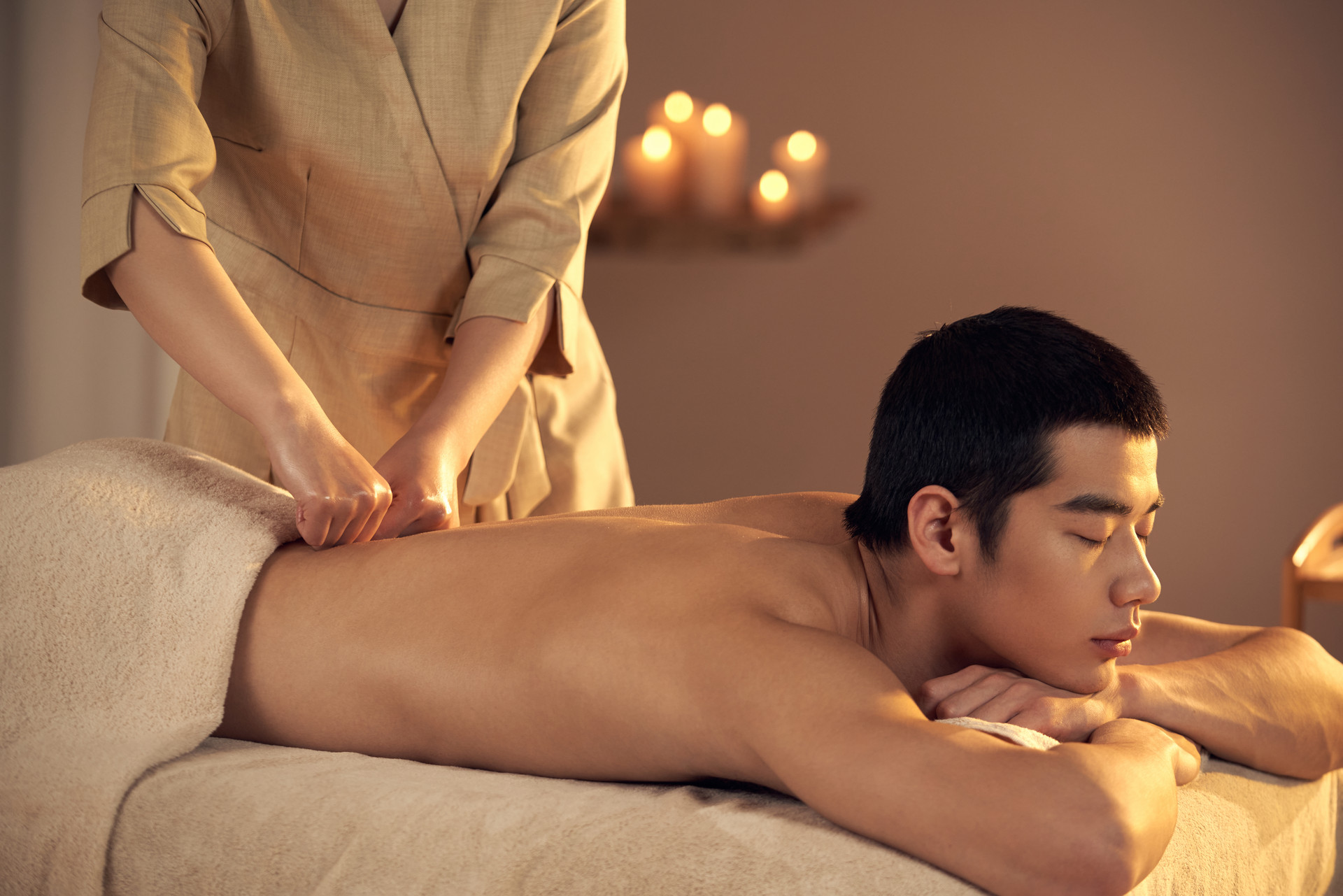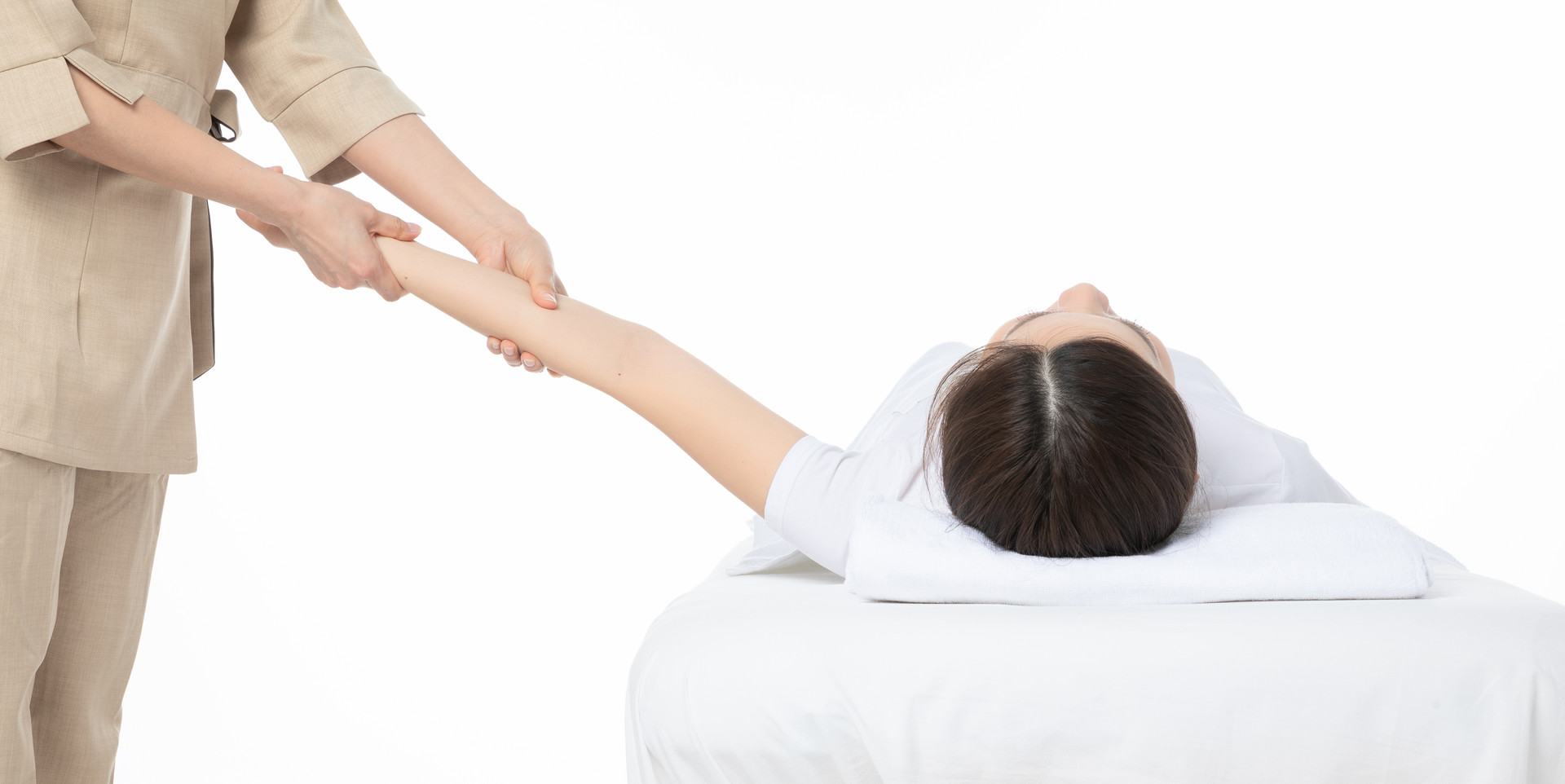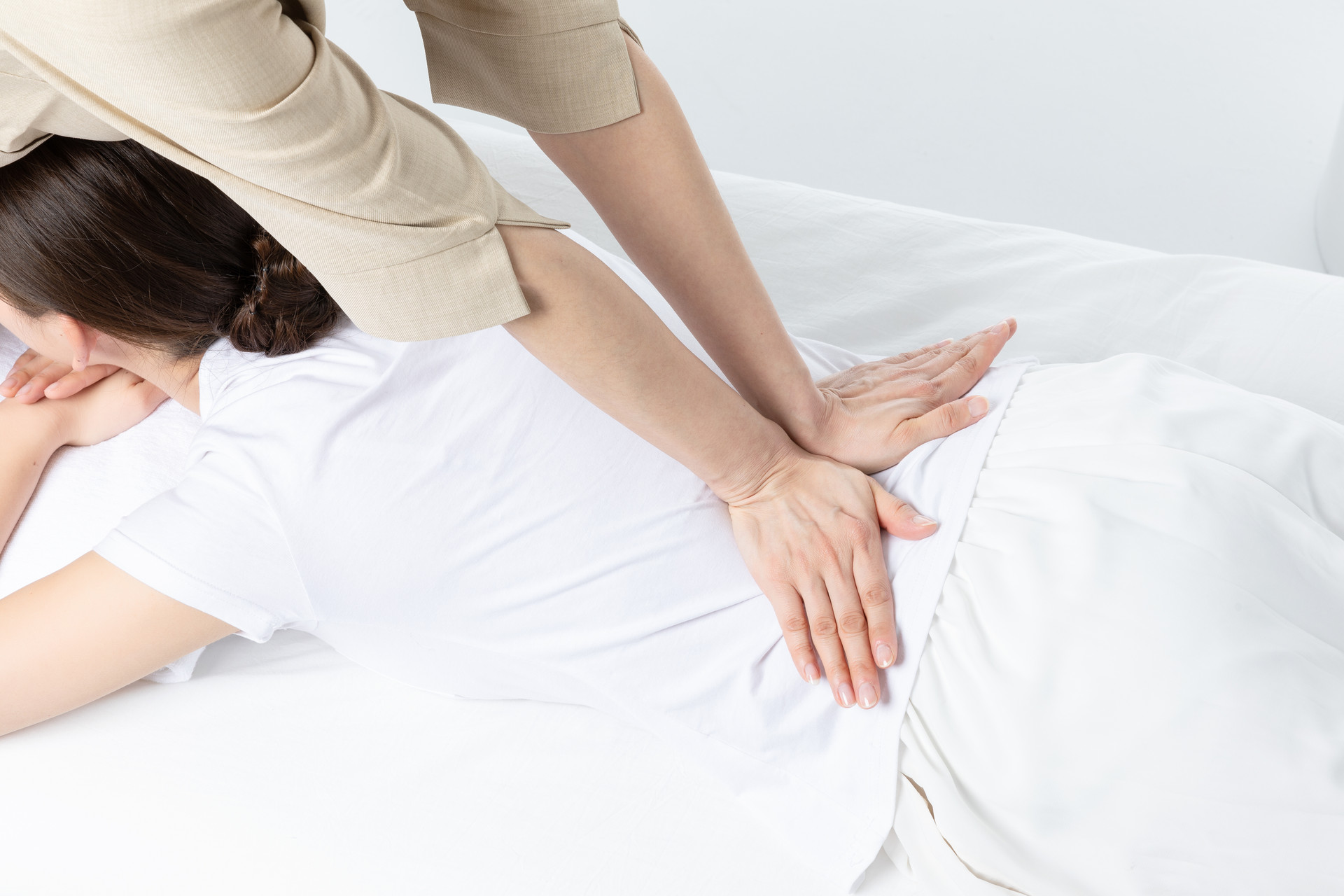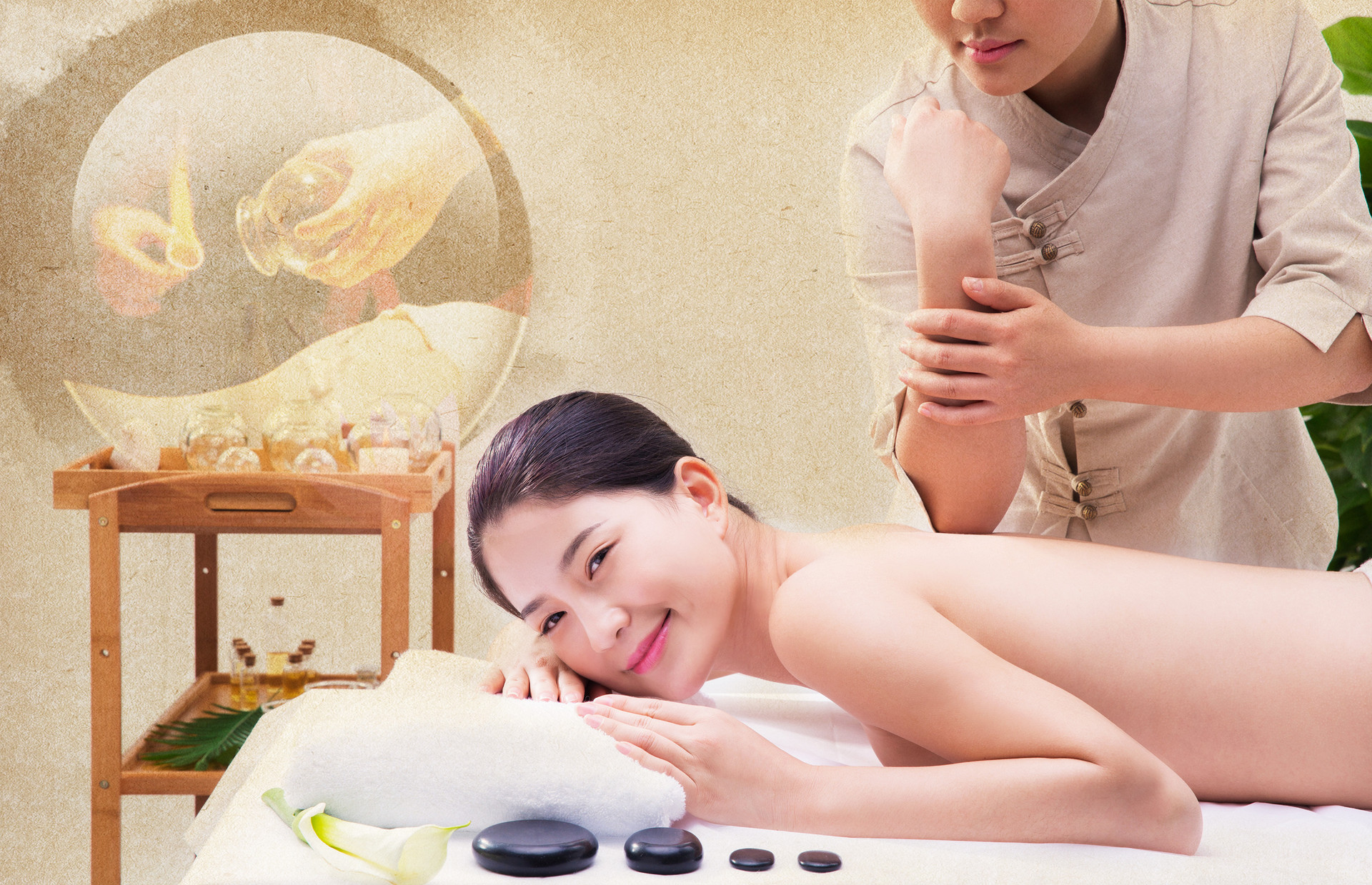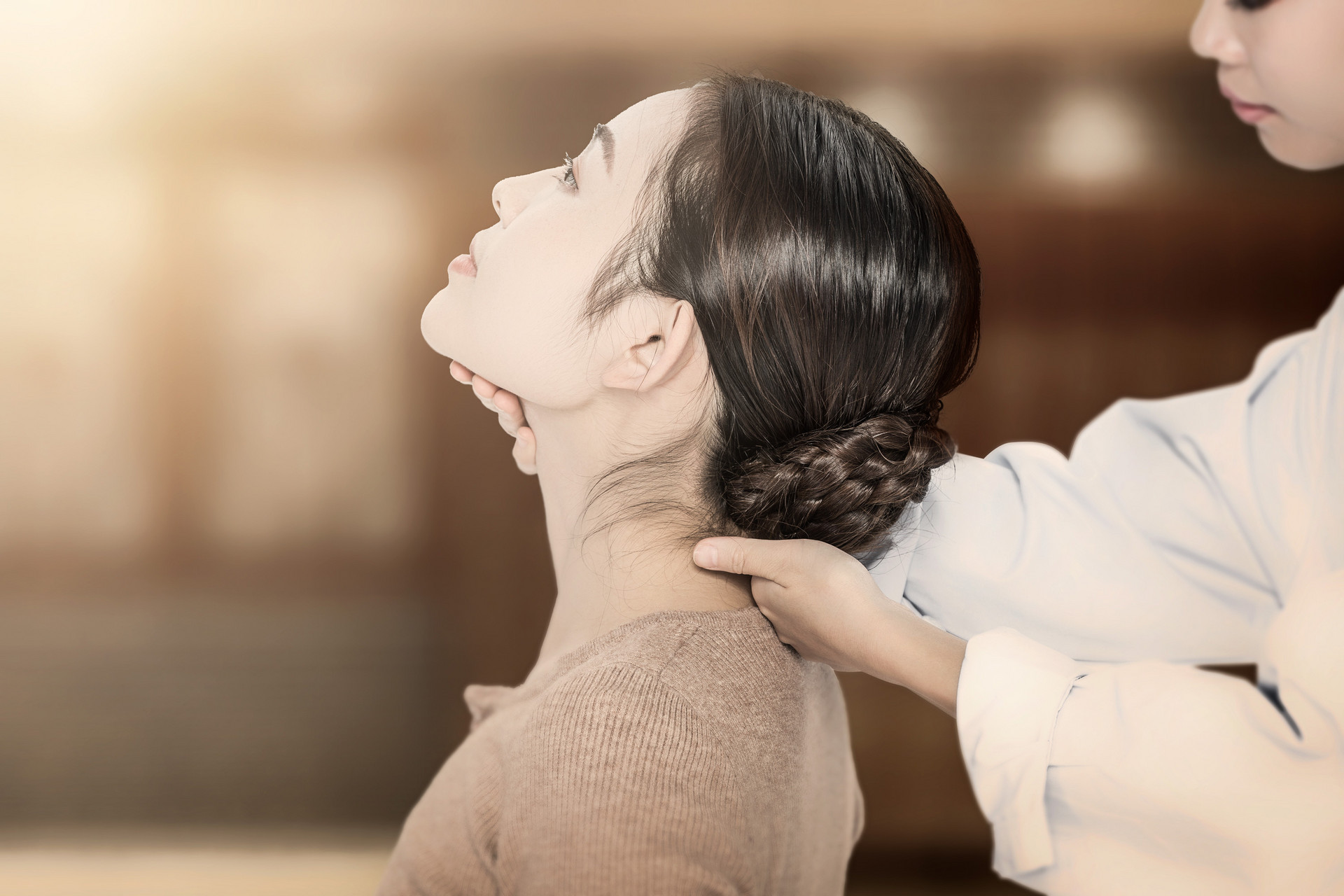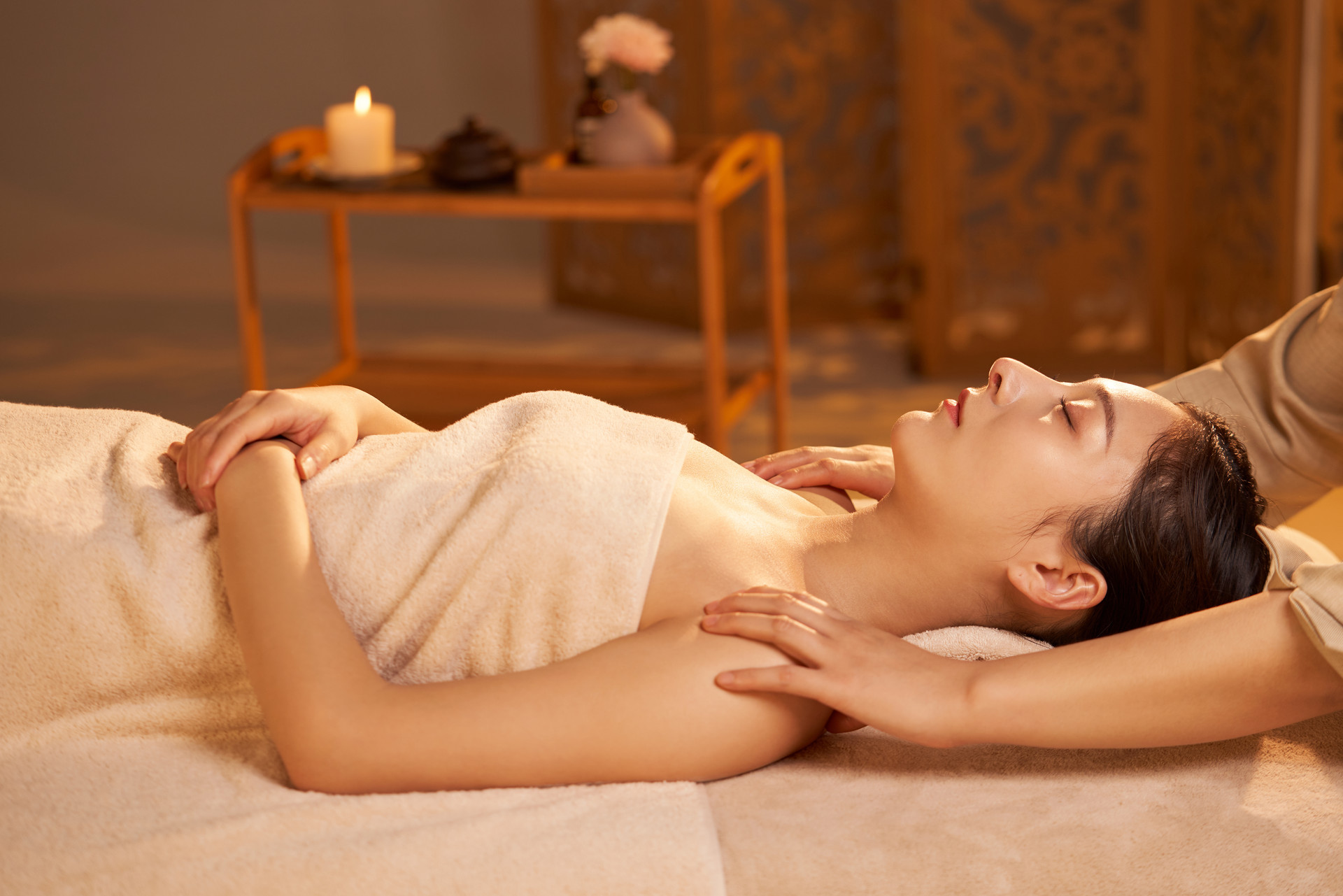(I) Patting Method
The patting method can be divided into full palm patting, palm center patting, four-finger patting, back of hand patting, virtual palm patting, and five-finger patting, etc.
Operational Requirements
(1) Relax the shoulder, elbow, and wrist, exerting force with the palm and fingers, with all five fingers slightly bent.
(2) Use the wrist to exert force, lightly and flexibly pat the treatment area with a virtual palm.
Key Points of Action
The action should be coordinated and flexible, with even force. The force applied should depend on the patient's physical condition, the condition being treated, and the location. The frequency should be 80-140 times per minute.
Clinical Application
The patting method stimulates shallow and small areas, suitable for all parts of the body. It is commonly used on the chest, back, waist, buttocks, and limbs. It has the functions of harmonizing Qi and blood, loosening the connective tissues, expelling pathogenic factors, relieving spasms and pain, and relaxing muscles and tendons. It is often used in the treatment of numbness in the limbs, superficial nerve paralysis, hemiplegia, muscle atrophy, rheumatic pain, delayed local sensation, and muscle spasms.
(II) Tapping Method
Operational Requirements
(1) Relax the shoulder, elbow, and wrist, exerting force with the wrist, fingertips, the side of the palm, or an empty fist.
(2) Apply force evenly, lightly, and flexibly.
Key Points of Action
When tapping, apply steady, light, and elastic force. The action should be coordinated, flexible, even, and rhythmic. The frequency should be 100-200 times per minute.
Clinical Application
The tapping method stimulates shallow and small areas, suitable for all parts of the body. It is commonly used on the head, shoulders, back, chest, and limbs. It has the functions of regulating meridians and collaterals, loosening the connective tissues, lubricating joints, stimulating the brain, invigorating Yang Qi, and eliminating fatigue.
(III) Striking Method
Operational Requirements
(1) In fist striking, use one or both hands to form a fist, with the side or back of the fist as the force application point. Swing the forearm to make the wrist joint flex and extend, striking the treatment area. The action should be light, fast, rhythmic, and can be done alternately with both hands.
(2) In palm striking, naturally extend the fingers, slightly arch the wrist joint, and apply force to the body surface with the base of the palm, striking with a rhythm of rise and fall.
(3) In side striking, keep the fingers and wrist joint naturally straight, striking the body surface with the sides or side of the little finger in the treatment area, striking with a rhythm.
(4) In fingertip striking, separate the fingers of one or both hands, curl them into a claw shape, keep the fingertips perpendicular, and concentrate force on the fingertips. Use the flexion and extension of the wrist joint to strike the treatment area with force. The action should be light, flexible, evenly applied, and rhythmic.
(5) In stick striking, use a mulberry branch stick to strike the treatment area on the body surface. The striking should be rhythmic, quick, and sharp.
Key Points of Action
(1) The contact time with the body surface during striking should be short, and the force applied should depend on the patient's physical condition and the treatment area.
(2) Fist striking and stick striking have a greater stimulus, so the force should start light and increase gradually. Avoid using excessive force, and there should be no dragging motion when using the stick.
(3) It is not recommended for the elderly, the weak, children, those with psychological disorders, and those with heart disease.
Clinical Application
The stimulus level of the striking method varies depending on the force application point. Fist striking and stick striking have a stronger stimulus, while palm striking, side striking, and fingertip striking have a milder stimulus. It is suitable for all parts of the body. It has the functions of promoting blood circulation and regulating meridians, harmonizing Qi and blood, dispelling wind and cold, calming the mind, relieving spasms and pain, etc.



